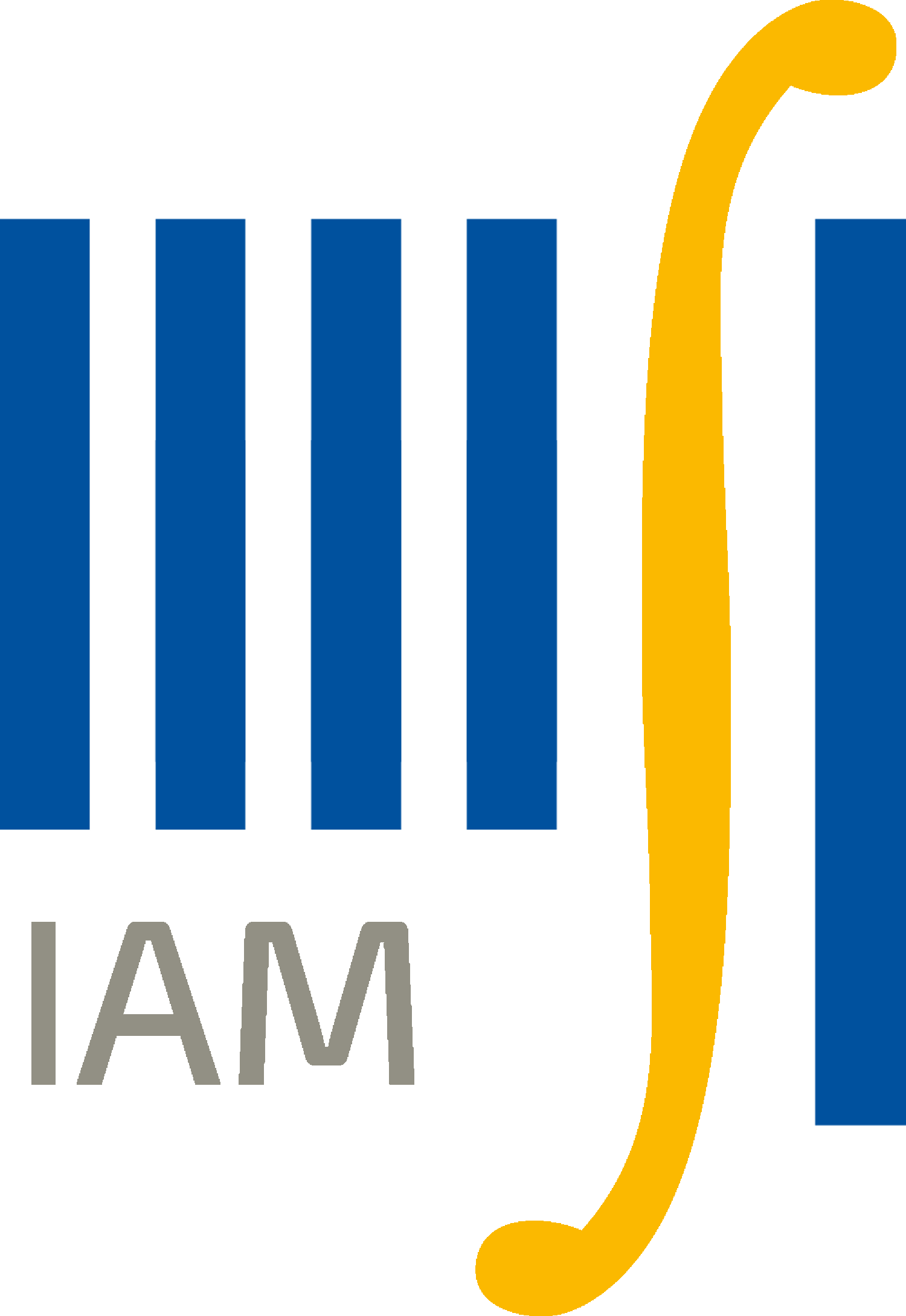Stochastic Analysis, Summer term 2019
Tuesdays 12.15-14.00 and thursdays 12.15-14.00, Kleiner Hörsaal, Wegelerstraße 10
Contents and list of references
Lecture course: Andreas Eberle
Exercises: Kaveh Bashiri
Tutorial classes: Adrian Martini (Mo 16, 1.008), Fran Medjurecan (We 16, 1.008)
Exam: oral (16.7, 8.8., 27.9.); if you have not yet signed up for a time slot: I will bring the list again to the lecture on Tuesday 2.7.
Material:
- Recommended textbooks
- Lecture notes
- 2018/19 Lecture Notes Introduction to Stochastic Analysis
- 2015/16 Lecture Notes Stochastic Analysis (Introduction & Master course)
Problem Sheets:
- Sheet 0
- Sheet 1 (due on Thursday 11.4.)
- Sheet 2 (due on Thursday 18.4.)
- Sheet 3 (due on Tuesday 30.4.; in Exercise 3 you can assume that Z is continuous)
- Sheet 4 (due on Wednesday 8.5.; Correction in 3a (ii): E[Y12] instead of Var[Y1])
- Sheet 5 (due on Wednesday 15.5.)
- Sheet 6 (due on Wednesday 22.5.)
- Sheet 7 (due on Wednesday 29.5.)
- Sheet 8 (due on Wednesday 5.6.)
- Sheet 9 (due on Wednesday 19.6.)
- Sheet 10 (due on Wednesday 26.6.)
Simulations:
- Introduction to Python (ipynb , html ); Notebook including output (html)
- Simulation of one dimensional OU processes (ipynb, html, pdf)
- Simulation of linear SDE with additive noise in 2D (ipynb, pdf)
- Comparison of Ito and backward Ito integrals (ipynb, pdf)
- Random rotations: Ito vs. Stratonovich (ipynb, pdf)
Remark on exercises with a programming part: These can be done in a programming language/system of your choice - just submit a printout of your listings. If you do not have another preference, we recommend Python with Jupyter Notebooks for which examples and model solutions will be provided here.
Installation: We recommend the distribution Anaconda. It already contains all packages that we will need (at first, these are mainly NumPy for numerical computations and matplotlib for 2D-plots), as well as many others. A brief intoduction and help for installation can be found here and here. Once you have installed and started Jupyter notebooks, you should go through and execute the following example notebook (ipynb-format) which contains a short introduction to Python that concludes with a simulation of random walks:
A good next reference are the Scipy lecture notes that contain introductions to Python, NumPy and matplotlib. Further useful references:
- SciPy: Lecture notes, Getting started, Resources
- NumPy: Quickstart, Array creation, Comparison to MATLAB
- matplotlib: Gallery, Tutorials
- Python tutorial
June 2019 Andreas Eberle eberle@uni-bonn.de


